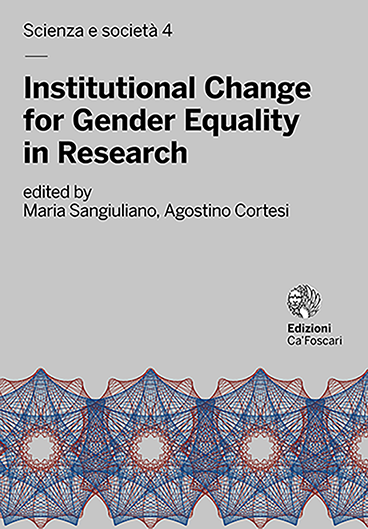- search 251 views
- file_download 5 download
- keyboard_capslock metadata
-
mark_email_readIscriviti alla newsletter
An Innovative IT-Supported Approach Facilitating Co-Design of Tailored Gender Equality Plans
The CrowdEquality Idea Crowdsourcing Platform
abstract
Only few European research institutions have managed to implement structural changes and modernise their management towards higher gender equality. At the same time, gender equality is recognised to be an essential component towards achieving innovativeness and better performance. The EQUAL-IST project (“Gender Equality Plans for Information Sciences and Technology Research Institutions”) was aimed at addressing this challenge by designing and implementing tailored Gender Equality Plans (GEPs) in the six involved STEM (Science, Technology, Engineering, and Mathematics) research institutions from Finland, Germany, Italy, Lithuania, Portugal, and Ukraine. In order to increase acceptance, minimise potential resistances, and ensure sustainability of the interventions promoting gender equality initiated within the project, it was decided to follow a participatory approach to GEP design. This approach means that internal stakeholders were engaged in the GEP design, including decision-makers, academic and non-academic staff members, and students. In order to support this approach, an innovative online crowdsourcing platform, called CrowdEquality, was developed and applied within the project. Internal stakeholders from the involved research institutions were invited to collectively use the developed platform during the following processes: (i) identification of specific challenges related to gender equality, which exist in the research institution (‘problems’); (ii) generation of promising initiatives (‘solutions’) that could address each of the identified challenges; and (iii) voting on the selected feasible ideas. This article reports on the course and outcomes of using the CrowdEquality platform for the participatory GEP design within the EQUAL-IST project. Furthermore, it is reflected in the article on the challenges faced and lessons learned during the platform development and operation. The article provides valuable insights to the research institutions willing to apply a participatory approach to GEP design.
Keywords: Co-design • STEM • Participatory approach • Gender Equality Plan • Gender equality • Crowdsourcing
